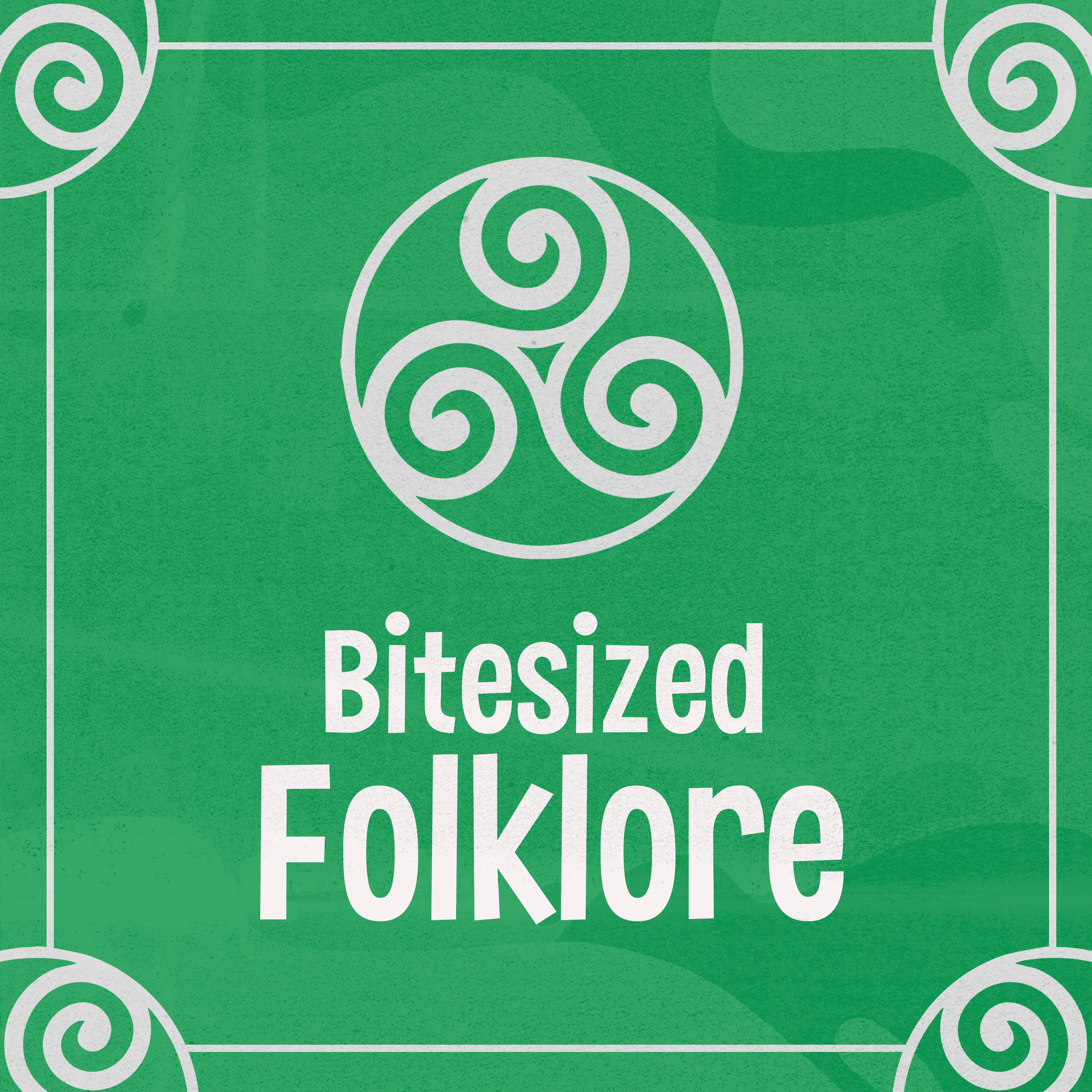Episode 12
When the Banshee Calls: A Spooky Deep Dive into Death’s Messenger
Grab your cozy blankets and settle in, because we’re diving into the hauntingly beautiful world of the Banshee! This eerie lady isn’t just a wailer in the wind; she’s a spectral messenger, warning us of death before it even knocks on the door. Picture this: in the misty hills of Ireland, this mysterious figure, often seen as either a spine-chilling hag or a ghostly beauty, has been weaving sorrow through generations, especially for families with surnames like O’ and Mac. We’ll explore the rich folklore surrounding her, from her ancient ties to the Tuatha Dé Danann to the chilling tales of the O'Brian family that show just how real her presence still feels today. So, whether you’re a folklore fanatic or just curious about what's lurking in the night, let’s unravel the myths behind this captivating and sorrowful spirit together!
Takeaways:
- The Banshee is a spectral figure, often mistaken for a harbinger of death, but she actually mourns it before it happens.
- She has a wild variety of appearances, from a terrifying old hag to a beautiful woman draped in white, each telling a different part of her story.
- Traditionally linked to ancient Irish families, the Banshee's cry is said to warn of impending death, especially for families with names starting with O or Mac.
- Her eerie wail isn't just folklore; it ties back to historical practices of mourning in Ireland where women would keen at funerals.
- Across different cultures, the Banshee goes by various names and forms, like the Hag of the Mist in Wales, but her role remains the same as a mournful spirit.
- The legend of the Banshee isn’t just ancient history; even today, families share stories of her cries before the death of a loved one.
Transcript
Welcome to Bite Sized Folklore, your pocket guide to the strange, the spectral and the storied. Today we travel to the mist covered hills and moonlit glens of Ireland, where a piercing wail might signal more than just the wind.
This is the tale of the Banshee. The Banshee, or bean si in Irish, meaning fairy woman, is one of Ireland's most famous supernatural figures.
She's said to be a spirit, often female, who keens, that is, wails or cries to foretell the death of a member of an old Irish family. But make no mistake, the Banshee doesn't cause death. She mourns it before it even happens. Descriptions of her appearance vary widely.
Some people say she's a terrifying old hag with long tangled hair, red eyes from endless weeping and a cloak the colour of death itself. Others tell of a young, beautiful woman, pale, pale as the moonlight, draped in a white dress, silently combing her hair by the river.
And sometimes she isn't seen at all, only heard a bone chilling cry somewhere between a scream and a lament floating through the night. This wail is more than just eerie folklore. In Irish tradition, keening women once mourned the dead at funerals, sometimes hired to do so.
The banshee might be a supernatural echo of that ancient practice, a fairy spirit performing the final lament. But who does she cry for?
Traditionally, the Banshee is said to follow ancient Irish families, especially those with surnames beginning with O or Mac, like O'Connor, O'Brien or McCarthy. Legends claim that each of these noble families had their own banshee, a kind of spectral guardian who grieved for them alone.
She goes by many names, depending on where her cry is heard. In Ireland, they call her the Keening Woman. Her mournful song is said to be so piercing it could shatter glass.
A voice soaked in sorrow, echoing through the hills before death knocks at the door. In Scotland, she's the little washerwoman seen by the riverbank, scrubbing blood from clothes that belong to those not yet dead.
A quiet, eerie figure lost in her grim task.
And in Wales, she's known as the Hag of the Mist, a shrouded presence in fog and shadow, her moaning carried by the wind as a warning of what's to come. She's not seen, but she is felt. Though her names shift with the land, her role remains the same.
A spectral mourner veiled in mystery, forever tied to the turning of life into death. The earliest written mentions of the Banshee date back to the 14th century, but the Belief may go back even further.
Rooted in older Celtic mythology, some scholars link the Banshee to the Tuatha de Danann, the ancient fairy folk of Ireland.
Others say she might be a remnant of the Morrigan, the Celtic goddess of war and fate, who could appear as a crow or foretell doom on the battlefield. In some stories, the Banshee is just one spirit. In others, there are many.
And if several banshees are heard keening at once, it's said a truly great or holy person is about to die. Either way, her cry is never a good omen. Even in the modern age, stories of the Banshee persist.
Rural families tell of hearing her before the death of a loved one. A scream in the wind, a knock on the window, a woman just out of sight, weeping beneath the trees.
Real or not, the Banshee remains one of the most powerful symbols of Irish folklore. Not a monster, not a killer, but a sorrowful messenger, reminding us that death is never far away.
One of the more popular stories surrounding the Banshee involves the o' Brian family.
In the mist shrouded hills of County Clare, where the River Shannon cuts through stone and memory, there stood the ancient stronghold of the o' Brian clan. Proud descendants of High King Brian Boru himself, they were warriors, chieftains, ruler of land and legend.
But even the proudest bloodlines cannot outrun death, especially when death comes singing. It was on a cold autumn evening long ago where chieftain Hugh o' Brien fell ill.
The strongest man in the region, brought low by a fever no healer could cure, he lay pale and sweating in his stone chamber while his family sent desperate riders out in the dark, searching for help. That night, a servant returning from the village claimed he heard a cry in the woods. Not a wolf, not an owl, but a woman weeping.
The sound was like a blade drawn across the soul. At first, they dismissed it a trick of the wind. But the next night, Lady o' Brian herself saw something no one could ignore.
As she passed the old well near the edge of the castle grounds, she saw a woman cloaked in grey, her hair long and silver, glinting in the moonlight. She sat by the well, combing her hair with a bone white comb, weeping. The air was still. Two still.
And when Lady o' Brian tried to speak, the woman vanished. And that same night, Hugh o' Brian died. Since then, it's said that before any o' Brian breathes their last, the banshee returns.
Seen walking near the well or heard crying through the night. Not a curse, but a warning. Not an enemy, but perhaps an ancient soul who still mourns the blood she once loved. Some say she was a servant.
Others say she was a woman who died in childbirth in the castle's cold halls. Whoever she was, her grief echoes through generations.
And so, when the wind howls across the Shannon and the night falls silent, the o' Brians listen. Because when the banshee keens, someone will not live to see the morning. If you enjoyed this episode, leave.
Leave a review, Share with a friend and keep an ear out. You never know who or what might be wailing in the night. Until next time, stay curious and maybe keep the lights on.




